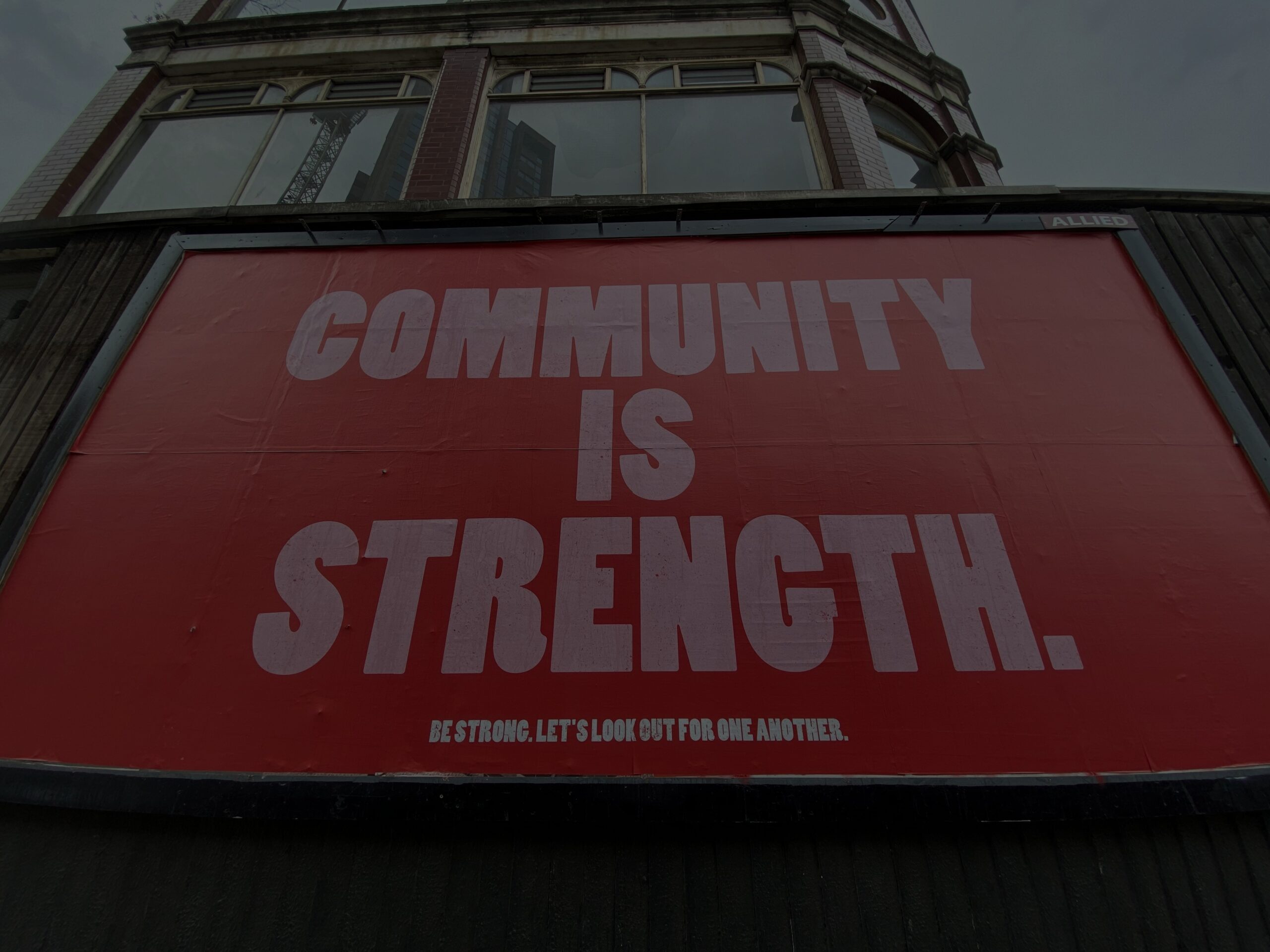Event marketing is a major investment—and for good reason. Events like trade shows and industry conferences give you a rare chance to create proximity: between your brand and your audience, your sales team and your prospects, and your message and the market.
But showing up isn’t the same as standing out—and attending an event doesn’t automatically drive business outcomes.
To turn event marketing into real impact, development teams need a strategy that goes beyond booth banners and business cards.
Here are five ways to make your event marketing work harder—and smarter—for your business.
1. Plan with intention.
Booking the flight and ordering swag isn’t a strategy. The best teams treat every event like a focused campaign.
Before you set foot on-site, ask: Who do we want to meet? What do we want to learn? How will we measure success?
That clarity will inform your outreach, your talking points, and your presence—whether you’re at a booth, walking the floor, or meeting behind the scenes.
2. Align with sales before the event starts.
The outcomes you want—new deals, stronger accounts, key connections—sit squarely with your sales team.
Make time before the event to align: Share target account lists. Compare calendars. Map out who’s attending and what conversations matter most.
Even a short sync can help turn an event into a coordinated effort instead of parallel paths.
3. Create reasons for people to want to meet.
Everyone’s calendar is full. Just being there isn’t always enough—especially with decision-makers.
Think about how you can add value before you ask for time. Can you offer a short trend briefing? A sneak peek at new research? A curated discussion with peers? A quiet coffee away from the main floor?
Small touches like this can increase your chances of getting a meaningful meeting on the books.
4. Show up prepared with stories that land.
Events aren’t the place to explain everything your company does. They’re the place to spark interest and start a conversation that continues after the event.
That means coming in with a few crisp, compelling stories tailored to the audience—customer wins, proof points, challenges solved. Not a laundry list of features. Not a slide deck. Just the kind of story that earns a follow-up meeting.
5. Treat follow-up as part of the event—not a separate task.
Events are busy. By the time you’re back at your desk, the conversations are already cooling. If the follow-up feels like an afterthought, that’s how it will land.
Make follow-up part of your event process—not a thing that happens “when we get back.” Block time while you’re still on-site. Send quick thank-you’s. Flag hot leads. Share notes with sales while it’s all fresh.
Fast follow-up is the difference between momentum and missed opportunity.
Event marketing can drive real growth, but only when it’s done with purpose. That means aligning across teams, showing up with the right stories, and following through with intention.
When your event marketing is more than reactive logistics—when it’s part of a thoughtful strategy—it doesn’t just support the business. It accelerates it.
Ready to turn event marketing into measurable business impact? Explore how we help teams align strategy, messaging, and execution.


